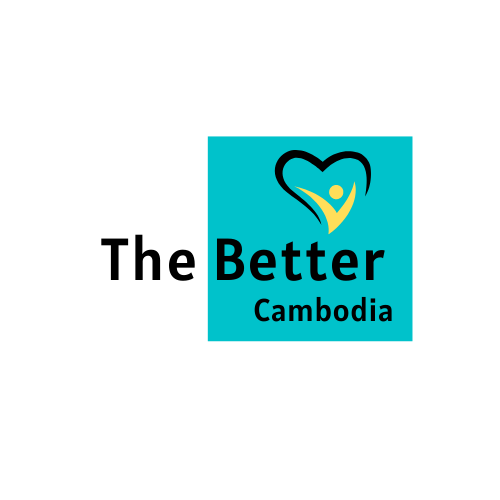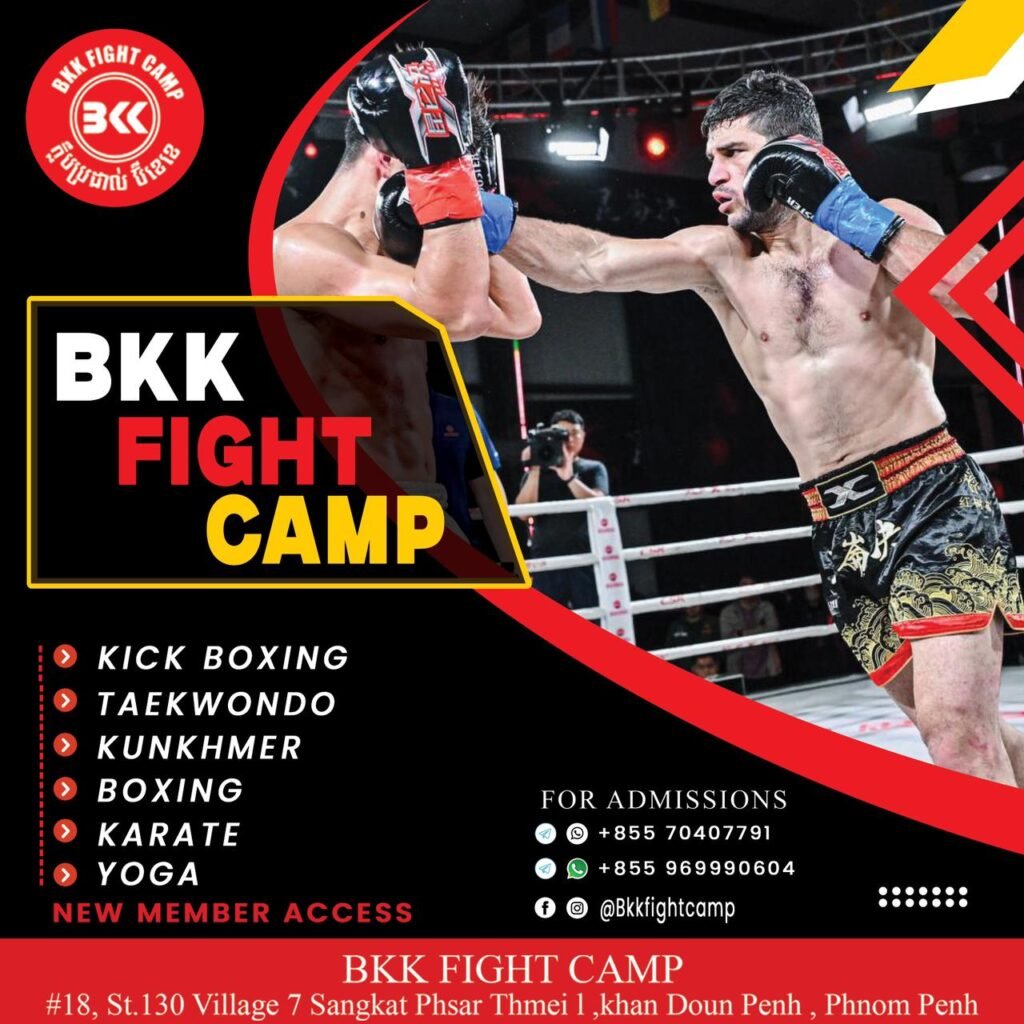Cambodia, a nation steeped in rich history and diverse cultural influences, boasts a linguistic tapestry that extends far beyond its official language, Khmer. While Khmer serves as the primary means of communication for nearly 90% of the population, a myriad of minority languages reflects the country’s historical interactions and cultural exchanges. This editorial delves into the linguistic landscape of Cambodia, shedding light on the various languages spoken, their origins, and the impact they’ve had on the nation’s cultural fabric.
The predominant Khmer dialect spoken in Cambodia is Central Khmer, primarily used in the central plain where the Khmer population is concentrated. Additionally, Cambodia is home to 22 minority languages alongside Khmer. The use of English and French varies in the education system, reflecting differing degrees of integration and influence.
The Official Language Khmer, also known as Cambodian, stands as the official language of Cambodia. With its roots deeply embedded in the country’s history, Khmer is the primary language used in government administration, education at all levels, and social media. Its linguistic evolution over three stages—Old Khmer, Middle Khmer, and Modern Khmer—reflects the nation’s dynamic cultural journey.
Minority Languages:
- Cham: Once the language of the Champa Kingdom in Central Vietnam, Cham is spoken by a significant population in Cambodia. Divided into Western and Eastern Cham, this Austronesian language has left its mark on Cambodia’s linguistic landscape.
- Vietnamese: Geographical proximity has led to the integration of Vietnamese into Cambodia’s language system. The history of these two nations is intertwined, and Vietnamese is spoken in border regions and areas with Vietnamese immigrants.
- Chinese: Chinese, particularly Mandarin and Cantonese, has found a place in Cambodia, dating back to the late 13th century. The Chinese community, known as Sino-Khmers, has contributed to the linguistic diversity, with Chinese becoming the primary language of business for many.
- Jarai: Belonging to the Malayo-Polynesian branch, the Jarai language is spoken by a significant population, especially in Ratanakiri Province. Influenced by the Khmer linguistic environment, Jarai exhibits a unique blend of cultural influences.
- Kuy: A member of the Austroasiatic family, Kuy shares similarities with Khmer in appearance. Spoken in northeastern provinces, Kuy coexists with Khmer villages, showcasing the diversity within Cambodia’s linguistic landscape.
- Lao: The Lao language, a dialect of the Tai language family, is spoken by Laos-Cambodians along the Mekong River and its tributaries. These communities add another layer to the linguistic mosaic of Cambodia.
- Tumpoon: Belonging to the Bahnaric branch, Tumpoon is spoken by the Tampuan people in the mountainous regions of Ratanakiri Province. The development of a script in 1997 reflects efforts to preserve this language.
- Chong: An endangered language, Chong is spoken by a diminishing population in Pursat Province. With historical roots predating the Khmers, Chong adds to the linguistic diversity of Cambodia.
Foreign Languages:
- French: Despite its decline after the Khmer Rouge era, French has experienced a revival, particularly in diplomatic circles. It is spoken by a small community, including returned refugees and individuals who studied in Francophone nations.
- English: Emerging as the dominant foreign language since the 1990s, English has become integral to Cambodia’s global engagement. Fueled by economic opportunities and a desire for better prospects, English is widely taught and used in various domains, including tourism and business.
Cambodia’s linguistic landscape is a testament to its rich history and cultural interactions. Beyond the official language of Khmer, the multitude of languages spoken reflects the nation’s openness to diversity and its ability to absorb influences from neighboring regions. As Cambodia continues to evolve, so too does its linguistic tapestry, weaving together the threads of its past and present.
Please read: https://thebettercambodia.com/do-you-know-which-language-has-the-longest-alphabet/


